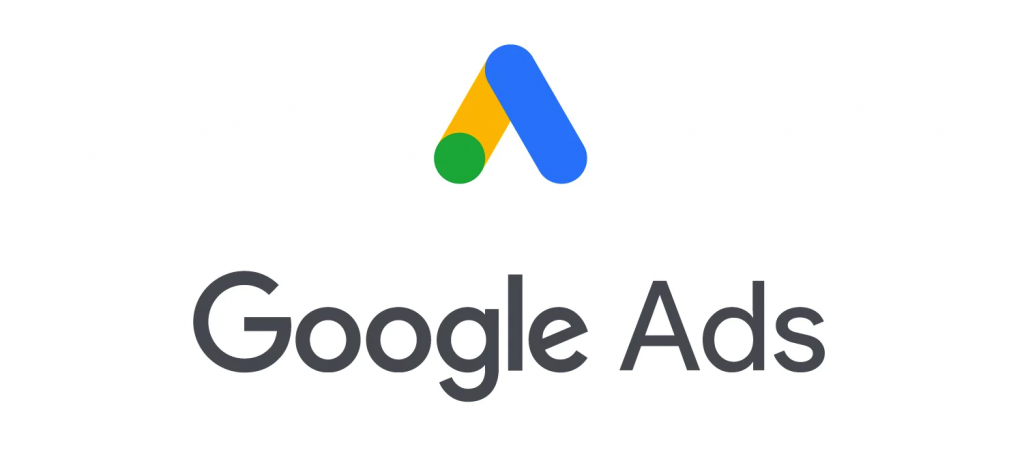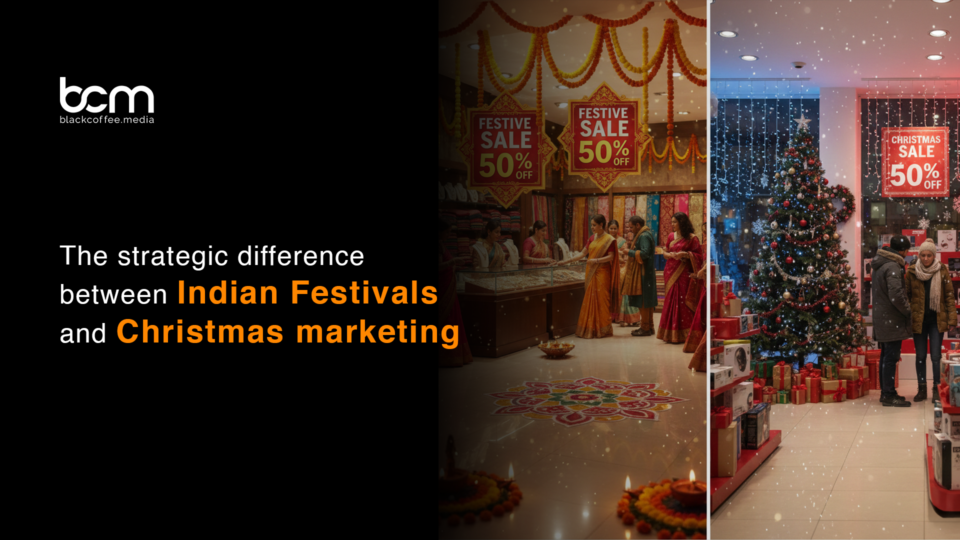
How to Optimise eCommerce Landing Pages using Google Ads
June 29, 2022
Why we care about performance marketing ?
July 13, 20226 Google ads Updates in 2022 You Don’t Want To Miss

Every time Google changes its ranking algorithm, all SEO professionals dread it. Even little changes can result in substantial reductions in traffic levels within a few hours.Google also changes its advertising platform, not to harm but to empower its people. Google wants you to spend more money on their advertising network since that is how they generate money.
Six Google Ads updates that You Can’t Ignore in 2022:
- Campaigns for Maximum Performance
Every Google Ads campaign you’ve ever run had the same targeting options defined by you, the marketer. You could either choose a list of keywords to bet on or a set of placements (i.e., sites) to display your advertisements on, and that was it.Such a method has no drawbacks for professional advertising, however, it does have flaws for unskilled advertisers, such as small business people. Google has begun to build new technologies in recent years to enable a completely automated marketing experience that takes good care of practically everything from the marketers.By implementing real-time optimization, Google intends to ease the optimization process for advertising. One method is to use Audience Signals provided by advertisers — either remarketing lists or specific audiences — to allow Google to display more ads to an audience that is more likely to convert.As a result, advertisers will find it easier to accomplish conversion goals (e.g., driving sales at the desired CPA) while expanding their range and conversion value beyond typical keyword-based search ads. Because Performance Max campaigns are still in their early stages, there isn’t much to say about how they will perform in comparison to individuals. They will, without a doubt, permanently alter the advertising environment in the next years.
- Formats for New Local Campaigns
Local campaigns have been the most popular advertising method used by local businesses to draw more potential customers into their locations. Local Google Ads programs were traditionally focused on search queries.Google has launched three new ways to promote a business on Google Maps, the most popular navigation software for smartphone users, in the previous year.Regardless of the destination, navigational advertising displays a business on Maps results based on the user’s position as they navigate nearby.Similar places advertising enables a business to display its location to users searching on Maps for similar businesses nearby.Local companies will gain greatly from these three new alternatives because they make it simple to promote their locations in a high-intent setting, especially the “Auto suggest” and “Similar places” advertisements.Bidding on ROAS for Video Action and Discovery Ads Campaigns Google provides many bidding strategies for various campaign forms. Except for Film Action and Discovery Ads promotions, Target ROAS (commonly referred as “tROAS”) was accessible for most advertising types. But that’s about to improve, as Google has revealed that tROAS bidding will be available for these campaign styles.
- Video Action Plan Product Feeds
If you use video advertisements to market your e-commerce firm, you’ll be pleased to learn that Google just integrated product feeds into Video Action campaigns.Assume a user sees a promotional video promoting one of the items. Within a few seconds, YouTube will display a screen below the ad that shows the products. When a user clicks on an item, they will be directed to the product’s webpage for more information. This new capability will minimize the time to conversion for e-commerce advertisers, boost sales credit, and, most importantly, increase sales.
- Increased Conversions
Enhanced Conversions is another technique to increase your conversion attribution models.Enhanced Conversions collects authorized first-party data from your clients, such as their email address, name, address, or phone number, encrypts it with the Secure hash technique, and transmits it to you via your conversion tag. Google then compares the source in the form to Google accounts that are linked in and associate it with your ad activities, such as clicks or views. According to the firm, they only report “accumulated and anonymized conversions.”You can manually configure Enhanced Conversions by using either: Global site tag or Google Tag Manager
- Consent Mode Conversion Modelling
The introduction of the General Data Protection Regulation (GDPR) has compelled online corporations, including Google, to implement more stringent data privacy practices.Google announced Consent Mode in September 2020, a technology that alters how Google tags act based on the consent status of a website’s users. Although the fundamental objective of Consent Mode is to maintain websites GDPR-compliant, it has created a new issue for marketers. “Whenever a visitor does not accept to adverts cookie or analytics cookies, Consent Mode automatically alters the behavior of the necessary Google tags to just not read or write cookies for advertisement or analytics reasons.” Advertisers encounter a break in their analytics and lose access to user routes on their site when cookies are not there. They can no longer immediately link user ad engagements to conversions.”Google took steps to address this issue by enabling conversion modelling in consent mode. The new Consent Mode conversion modelling will allow the attribution path between ad-click events and conversions to be recovered.According to Google, this new tool recovers an average of more than 70% of ad-click-to-conversion journeys. “Conversion models use learning algorithms to quantify the relationship between permitted and unconsented users by analyzing observed statistics trends.” The models then will analyze visible user journeys where users have consented to cookie usage to fill-in lacking attribute links.”
- Image Extensions
Till now, marketers could only build text-based search advertising. In comparison to Facebook and Youtube, their adverts have become outdated.Google has confirmed the introduction of a test program for picture extensions for its search-based adverts. These images can be clicked and charged the same as text advertising.Google makes it easy to share up to 20 photos linked to the keywords they bid on, as long as they fit their severe formatting standards. Every image should be manually approved before it can be used in your ads. If you require assistance, we can create compelling, informative, and ROI-focused ad solutions for you.



